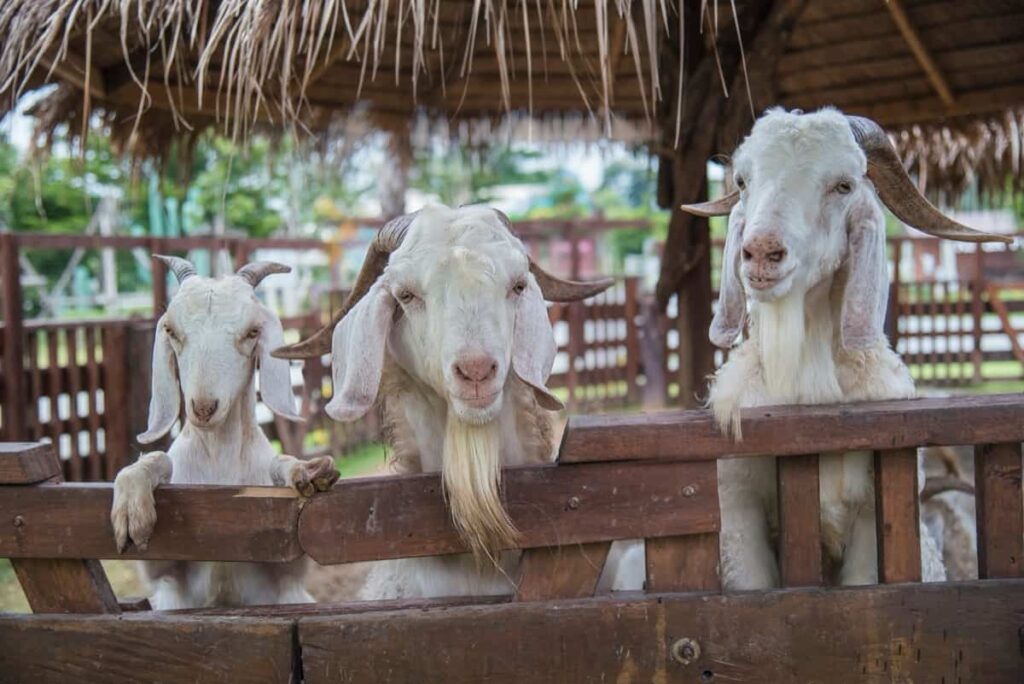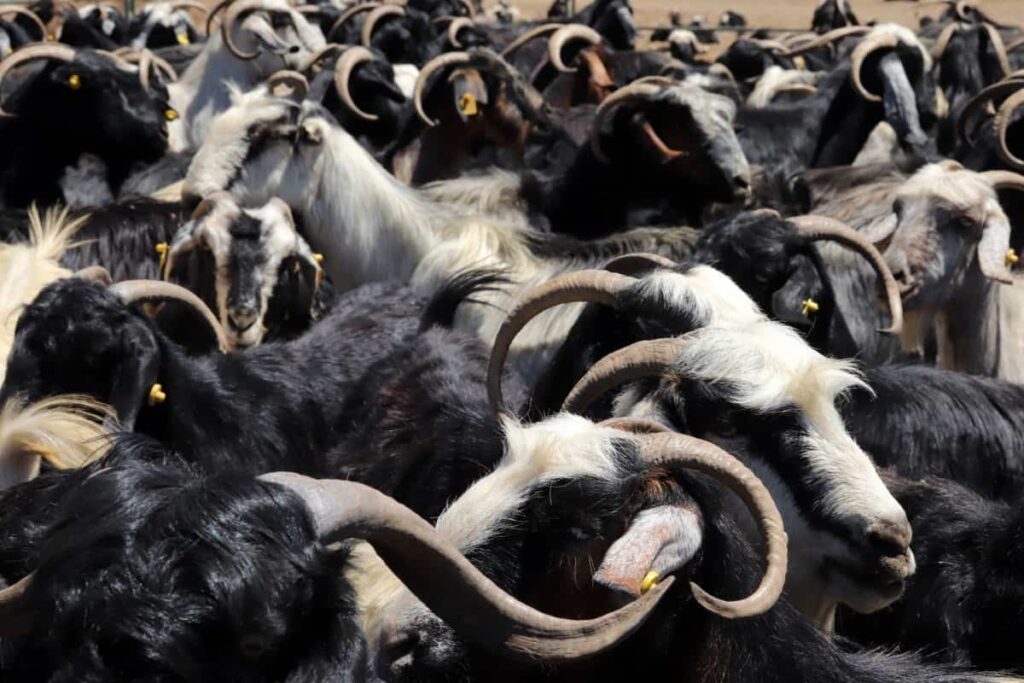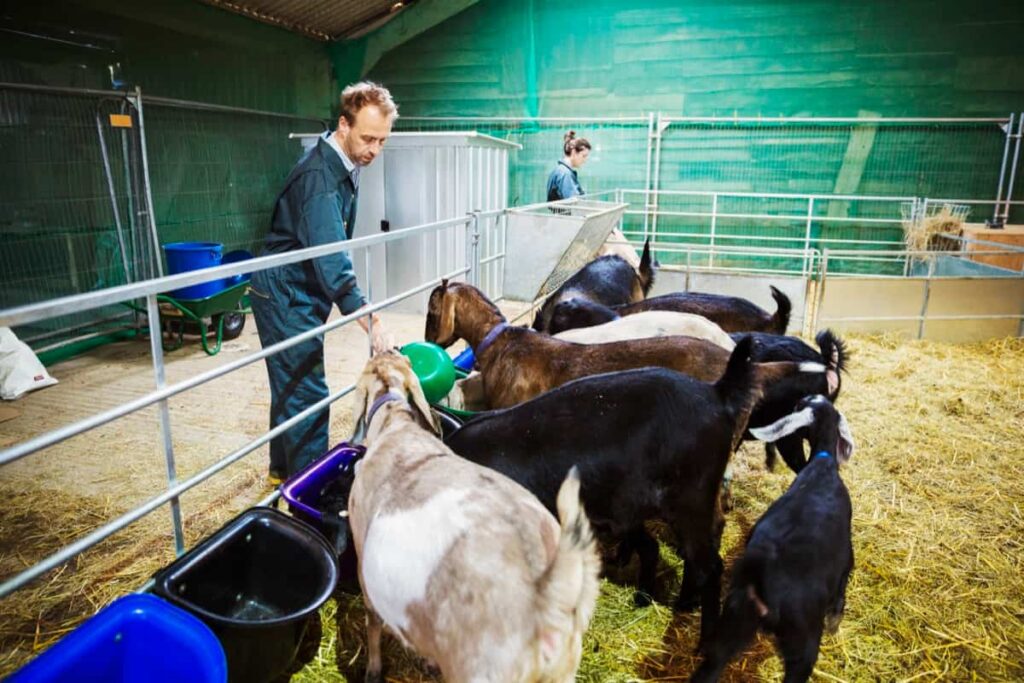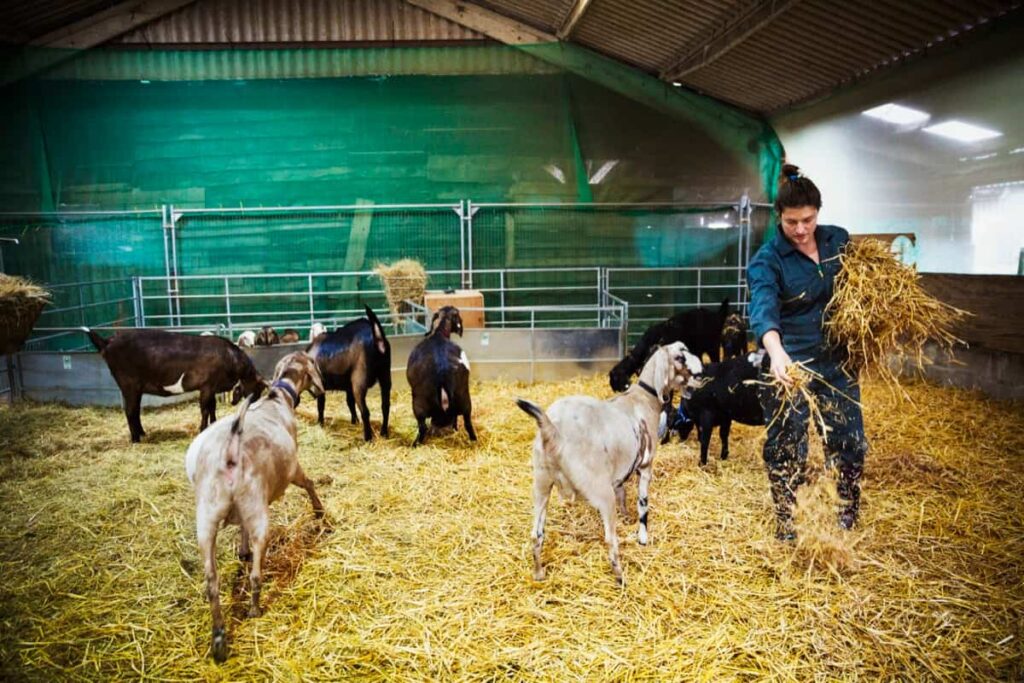Goat farming plays a crucial role in the economy and livelihoods of many Ethiopians. It is not just a traditional practice but also an important income-generating activity for both rural and urban communities. Furthermore, goat farming contributes to food security as goats are a source of high-quality protein and essential nutrients for local communities.

10 Steps to Start Goat Farming in Ethiopia
Understanding the Goat Farming Industry in Ethiopia
Goats are an integral part of the Ethiopian culture and economy, providing meat, milk, and fiber to meet the needs of local communities. The goat farming industry in Ethiopia is diverse, with various production systems found throughout the country. Approximately half of the goat population is owned by pastoralists in the lowlands, while the remaining 50% can be found in small flocks on mixed highland farms. Ethiopia holds immense potential for growth within its goat farming industry.
Acquiring Suitable Land and Infrastructure for Goat Farming in Ethiopia
It would help if you found a piece of land that is large enough to accommodate your desired number of goats. The size will depend on factors such as the breed of goats you plan to raise and the purpose of your farm. Each goat should have at least 10 square meters of grazing area. Goats also thrive in areas with moderate climate conditions, so choose a location that provides favorable weather throughout the year.
Best Breeds to Start Goat Farming in Ethiopia
The best goat breed in Ethiopia is the Abergel breed. These goats have adapted to harsh conditions and are known for their high reproductive rates and good meat quality. Other notable breeds include Eastern and South Eastern, Highland, Afar, Keffa, Arsi-Bale, Gumuz, and Woyto-Gjam, each with unique characteristics suitable for specific farming purposes.
Establishing a Goat Breeding Program in Ethiopia
Selecting the right breed of goats is crucial. It’s important to choose breeds that are well-suited to the local climate and have traits that align with your specific breeding goals. Another aspect of establishing a successful goat breeding program is maintaining accurate records. Keeping track of individual goat performance, vaccinations, and other relevant information will help you make informed decisions regarding future breeding selections.
Feeding and Nutrition Practices for Goats in Ethiopia
To ensure healthy growth and productivity, it is important to provide goats with a balanced diet that meets their nutritional requirements. In Ethiopia, common forage options include grasses, legumes, and browse plants. Supplementing the forage with concentrate feed is also necessary to meet the energy and protein needs of goats. It’s essential to ensure these feeds are fresh and free from contaminants. Additionally, access to clean water at all times is vital for goat health and proper digestion.
In case you missed it: Best Home Remedies for Sick Goats: Natural Treatment Tips

Disease Management in Your Goat Farm in Ethiopia
Several diseases can affect goats, such as respiratory infections, parasites, and foot rot. To prevent the spread of goat diseases, it is important to maintain good hygiene practices on your farm. Regular veterinary goat check-ups are necessary to monitor the health status of your goats and address any potential issues early on. Vaccinations should be given according to a schedule recommended by veterinarians.
Market Research and Feasibility Study for Goat Farming in Ethiopia
Conducting thorough market research allows you to understand the demand for goat products, identify potential customers, and analyze competitors in the industry. You must assess various factors such as land availability, infrastructure requirements, feed sources, labor costs, and disease management practices. It is important to evaluate the financial viability of your venture by estimating start-up costs, operational expenses, projected revenues, and potential profits.
Developing a Comprehensive Business Plan for Goat Farming in Ethiopia
Starting a goat farming business in Ethiopia requires careful planning and organization. A comprehensive goat business plan is essential to ensure the success of your venture. Determining your niche will help guide your decision-making process. Next, conduct thorough market research. Understand the demand for goat products in Ethiopia and identify potential customers. This will allow you to tailor your goat business strategy accordingly.
Once you have gathered this information, developing a financial plan is time. Determine how much capital is required for land acquisition, purchasing goats, feed expenses, veterinary services, marketing, and other operational expenses. Consider the breed selection carefully, as it can impact productivity and profitability.
Securing the Necessary Licenses and Permits for Goat Farming in Ethiopia
You will need to obtain a business license from the local authorities. This allows you to legally operate as a goat farmer and conduct business activities within the designated area. Researching and understanding all the required licenses and permits for goat farming in Ethiopia is important before applying. This will save you time, money, and potential legal issues. Remember that obtaining these licenses and permits may involve paperwork, inspections, fees, and consultations with relevant government agencies.
Marketing and Selling Your Goat Products in Ethiopia
The main way to market your goat products in Ethiopia is by establishing partnerships with local restaurants, hotels, and grocery stores. Create an online website or use social media platforms to showcase your farm, share updates about new products or promotions, and engage with customers through regular posts or live videos.
In case you missed it: 10 Steps to Goat Farming in Ghana: Cost, License, Permits, and Business Plan

Participating in local farmers’ markets or agricultural fairs is also a good opportunity to connect directly with customers. Additionally, word-of-mouth advertising plays a significant role in promoting your goat farming business. To ensure consistent sales, consider offering diverse product options to cater to different consumer preferences.
Summary of Goat Farming in Ethiopia
| Steps | Description |
| Understand the goat farming industry. | Ethiopia holds immense potential for growth, goats to various climate conditions. |
| Acquiring suitable land | Providing adequate space and shelter for your goats |
| Right breed of goats | Abergel, Afar, Arsi-Bale, Eastern and South Eastern, Gumuz, Highland Keffa, and Woyto-Gjam |
| Strong breeding program | Maintaining healthy genetics, selecting high-quality breeding stock |
| Feeding and nutrition practices | Providing goats with a balanced diet rich in nutrients |
| Securing the necessary licenses and permits | Apply from relevant authorities ensures legal compliance. |
| Disease management | Regular vaccinations and proper hygiene practices |
| Comprehensive business plan | Financial projections, marketing strategies, and operational plans |
| Market research | Understand the demand for goat products in Ethiopia’s local markets. |
| Marketing and selling your goat products | Through various channels, such as local markets or direct sales to restaurants or consumers |
Cost and Investment to Start a goat farm in Ethiopia
It’s important to note that the costs can change depending on various factors such as location, size of the farm, breed selection, and infrastructure requirements. Generally speaking, setting up a small-scale goat farm in Ethiopia can range from 50,000 ETB to 200,000 ETB.
Goat Prices in Local Markets of Ethiopia
Goat prices can vary depending on various factors such as breed, size, and location. In Addis Ababa, for instance, a medium-sized male goat can cost anywhere from 14,000 to 20,000 ETB. However, it’s important to note that these prices are just an approximation and may fluctuate based on market demand and supply.
How Profitable is Goat Farming in Ethiopia?
Goat farming in Ethiopia has proven to be profitable for many farmers. With the right knowledge and resources, it can provide a sustainable source of income. The demand for goat products, such as meat and milk, is high both domestically and internationally. Additionally, there is also an increasing demand for goat products in international markets.
In case you missed it: 10 Best Herbal Remedies for Goat Deworming

Frequently Asked Questions (FAQ) About Goat Farming in Ethiopia
Where is Goat Farming in Ethiopia?
Approximately half of the goat population in Ethiopia is kept by pastoralists residing in the lowlands of the south, east, and west regions. These areas provide ample grazing land and favorable climatic conditions for goats to thrive. On the other hand, the remaining 50% of goats are found in small flocks on mixed highland farms.
What Kind of Goats Are in Ethiopia?
Among the main indigenous breeds found in Ethiopia are Abergel, Afar, Arsi-Bale, Eastern and South Eastern, Gumuz, Highland, Keffa, and Woyto-Gjam goats.
How Many Goats Are There in Ethiopia?
Ethiopia, a country known for its rich agricultural heritage, is home to an impressive number of small ruminants. With a population of 52.5 million goats, it boasts one of the largest populations in the world.
Is Goat Farming Profitable in Ethiopia?
Yes. Goat farming can be highly profitable if managed properly with good husbandry practices and market research.
How Much Investment Is Needed to Start a Goat Farm in Ethiopia?
The cost of setting up a goat farm can change depending on different factors such as land acquisition costs, infrastructure development expenses (fencing, housing), purchasing breeding stock or kids (young goats), feed supplies, veterinary care equipment, and labor costs.
Conclusion
The Ethiopian goat farming industry plays a crucial role in the country’s economy and provides livelihood opportunities for many rural communities. Ethiopia is known for its diverse agroecological zones, making it suitable for different breeds of goats. These goats are well adapted to the local climate conditions and can thrive in both Highland and lowland areas.
- Types of Grass Growing for Goat Farm
- How to Train Goats for Milking: A Beginners Guide
- Goat Milking Practices and Equipment: A Beginner’s Guide
- Goat Farming for Fiber: Producing Mohair and Cashmere
- Maximizing Goat Milk Production: Tips for Dairy Goat Farmers
- Goat Farming as a Family Business: Strategies for Success
- Profitable Kenya Goat Breeds for Commercial Dairy and Meat Business
- Unlock the Secrets of Oberhasli Goat: Discover Raising and Management Practices
- Ultimate Guide to Myotonic Goats: Explore Profile to Raising